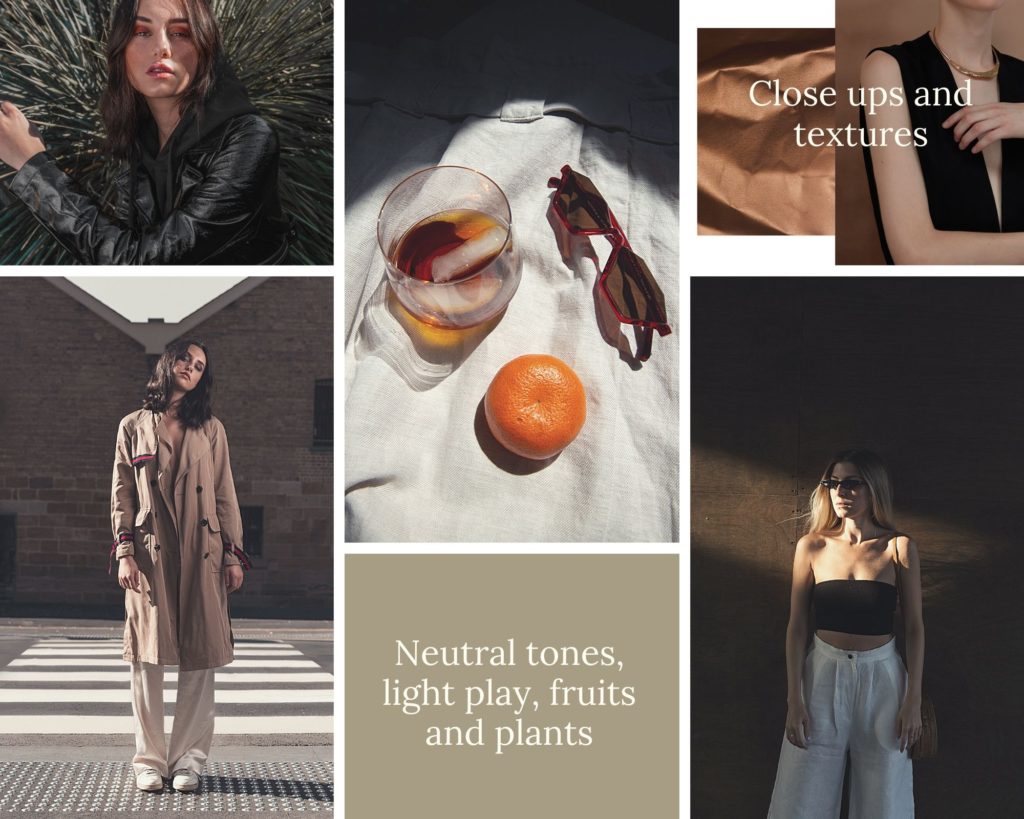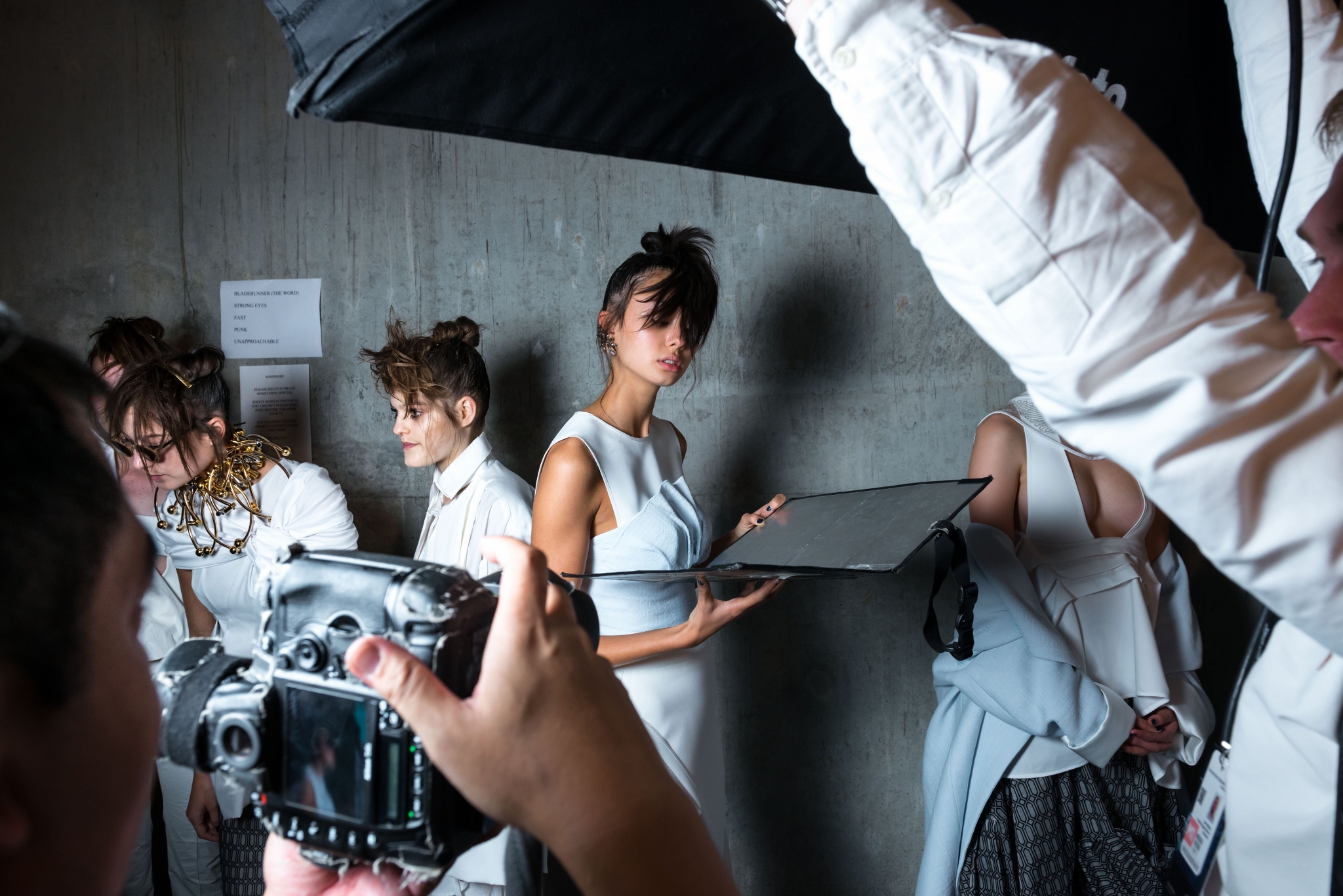If you are a photographer or a creative director starting out in the industry, you may already know that planning a photoshoot is just as important as the actual shooting and post-production. There is not a right or wrong way to do it, but some steps are important for the whole team to be prepared accordingly.
1.The moodboard
Preparing a good mood board or story board will help not only you but your whole team to visualize the concept, the visual cues, or very detailed things that should be included in the shoot. You can prepare one in many different ways, via photoshop, Pinterest, PowerPoint, etc. As long as you can put many images together, it will work.
Some mood boards have the whole visual concept altogether as one big board. Those are the simplest ones, they mix and match images that make a whole. Some easy tools to create mood boards can be done in photoshop if you know and own the application. Otherwise, you can try Canva , which has a lot of free templates and is super easy to use.

You can also create a mood board that is bigger and has more information for each member of the theme. The first slide will have the title of the shoot, the team, model’s face card. Each slide will then be for a specific thing of the shoot. Location, Hairstyle, Makeup, Poses, Colors, Wardrobe styling, etc.
This more complex mood board gives an exact idea of each component of the shoot and gives a good idea to each specific team member what they have to do. They also know what the other components will be so they can visualize the final concept a lot better, and even pitch their ideas.
2. The Schedule
The bigger the team, the harder it will be to schedule everyone on a day that works for each person. Usually, you will also need to give a heads-up to the stylist for them to either get a pull-letter from a publisher and go physically get all the designer’s clothes. Sometimes they will even have to do some fittings with the model, although most of the time for photoshoots, the fittings will be done on location. Fittings for shoots are different from events, videos or runway shows. On photoshoots, you can always pin clothes a certain way and hide the pin where the camera can’t see it.
Your schedule should include the day’s timeframe. When the date of the photoshoot is set, you can also go one step further and plan the day hour per hour, if you know the photoshoot will take longer. Always ask your makeup artist how long it will take for the first makeup and the ones in between. Ask your model to arrive earlier, ready for on-the-spot fitting and makeup, and know when you start shooting. Some photographers prefer to shoot freely and have the least planned photoshoots possible, but depending on the number of outfits and makeups, you may need to have at least a small idea of the timeframe, to make sure that if you planned a 4-hour photoshoot or an 8-hour photoshoot, that you have time to finish and also plan a lunch.
3. Submit
If the editorial was not a commission, you will have the possibility to pick and submit it to the publisher of your choice. Usually, you will want to select a few of your favorite publishers and magazines, depending on what your shoot looks like. Make sure that the story and the aesthetic is in line with the magazine’s style.
Also, know if you want to submit to print or web. Print editions have different sizing guides for your images.
Prepare your photos in a PDF layout or template ( an editorial template will be available on the website soon ), or submit via the submission platform.
When you know to whom you want to submit, make sure you put all the best-edited photos, the whole team credits with handles and websites, and all clothing credits together. Submission guidelines are different from one magazine to another, so make sure you follow the submission guidelines .
And now all you got to do is wait for the approval of one of your publishers! Be patient, and most importantly do not post your pictures online already, as a lot of publications will ask for exclusive and non-published work. Hold your publications until the magazine has published it.

